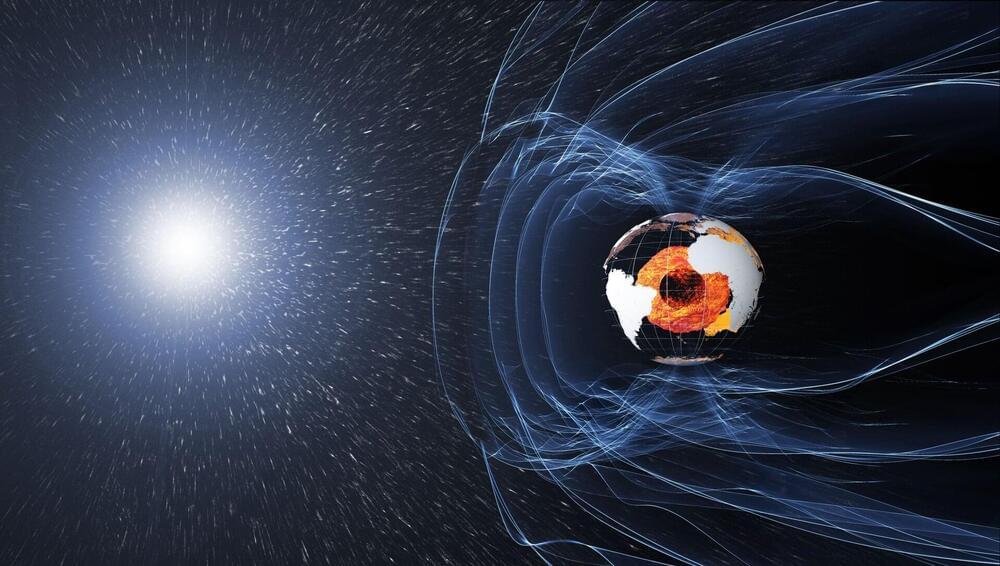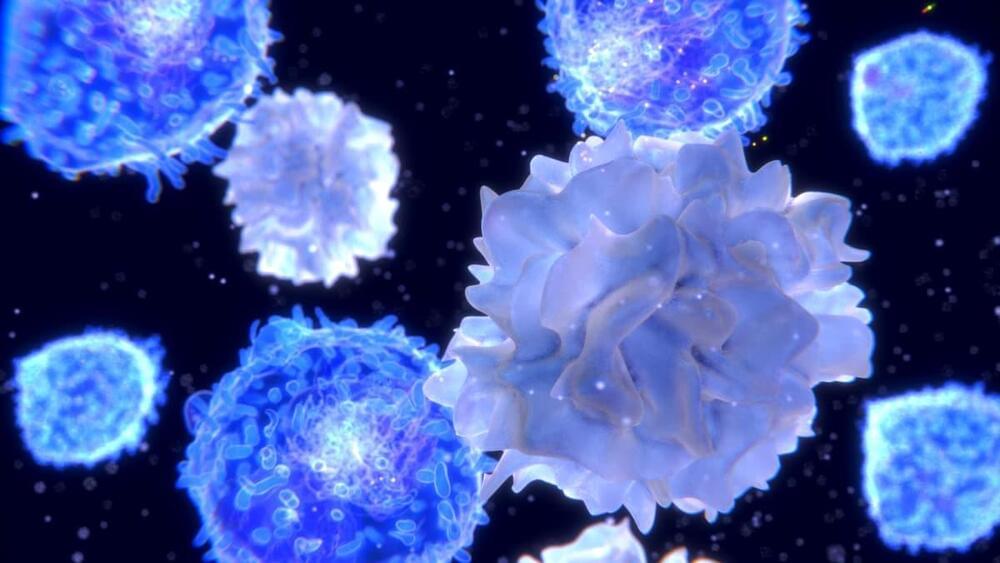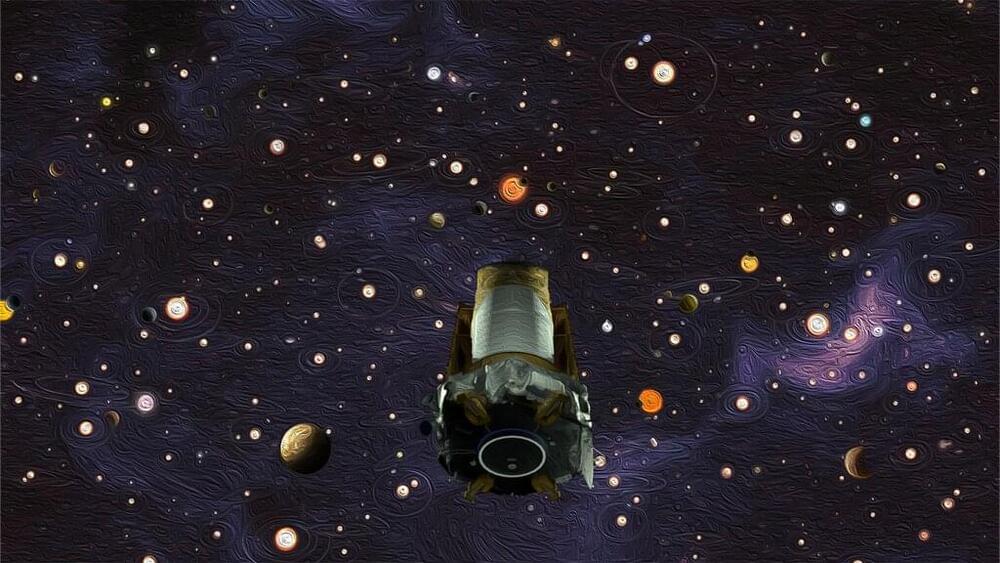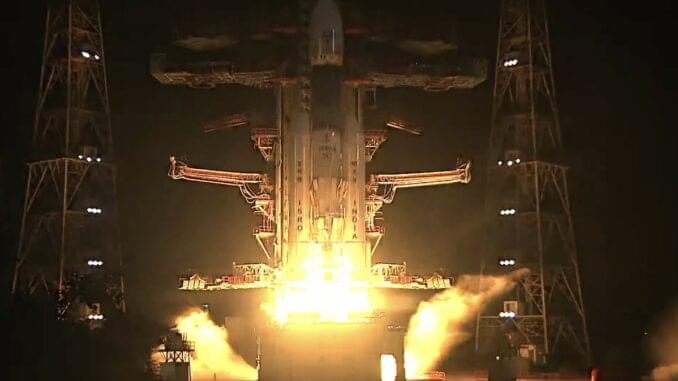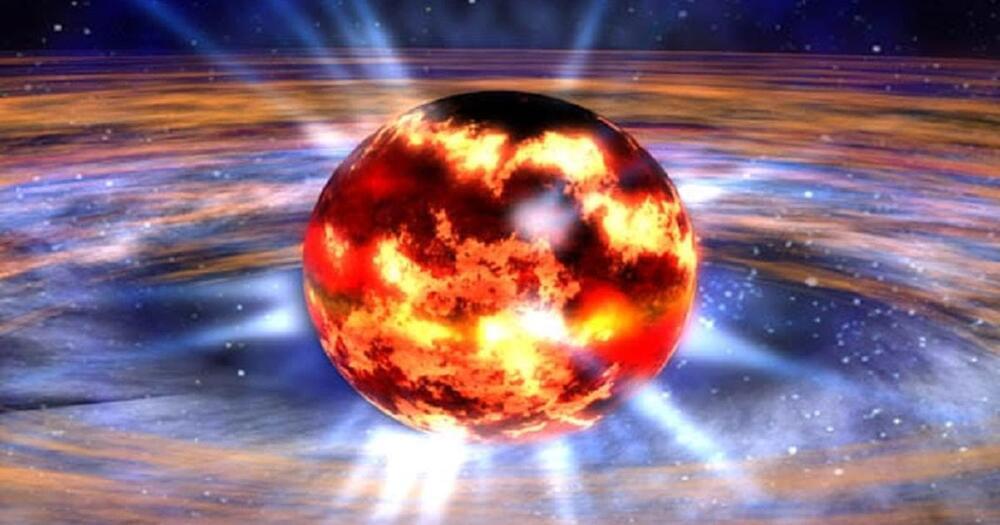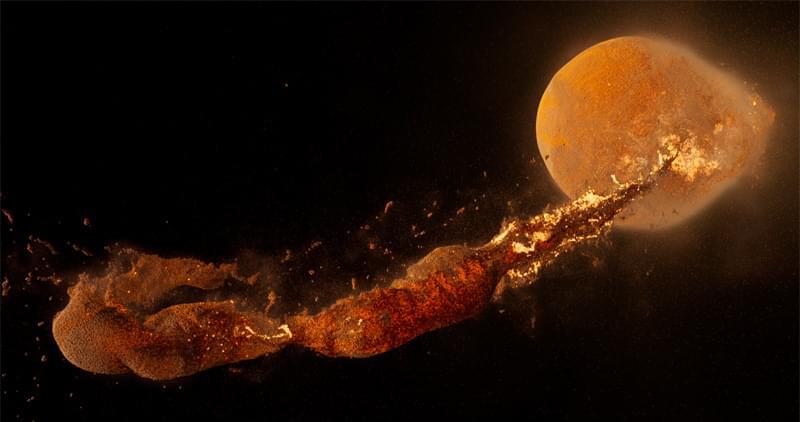Put horror movies and games aside for a few minutes to listen to something truly unsettling this Halloween season. The has released audio of what our planet’s magnetic field sounds like. While it protects us from cosmic radiation and charged particles from solar winds, it turns out that the magnetic field has an unnerving rumble.
You can’t exactly point a microphone at the sky and hear the magnetic field (nor can we see it). Scientists from the Technical University of Denmark collected by the ESA’s three Swarm satellites into sound, representing both the magnetic field and a solar storm.
The ethereal audio reminds me of wooden wind chimes rattling as a mass of land shifts, perhaps during an earthquake. It brings to mind the cracking sounds of a moving glacier as well. You might get something different out of the five-minute clip.
